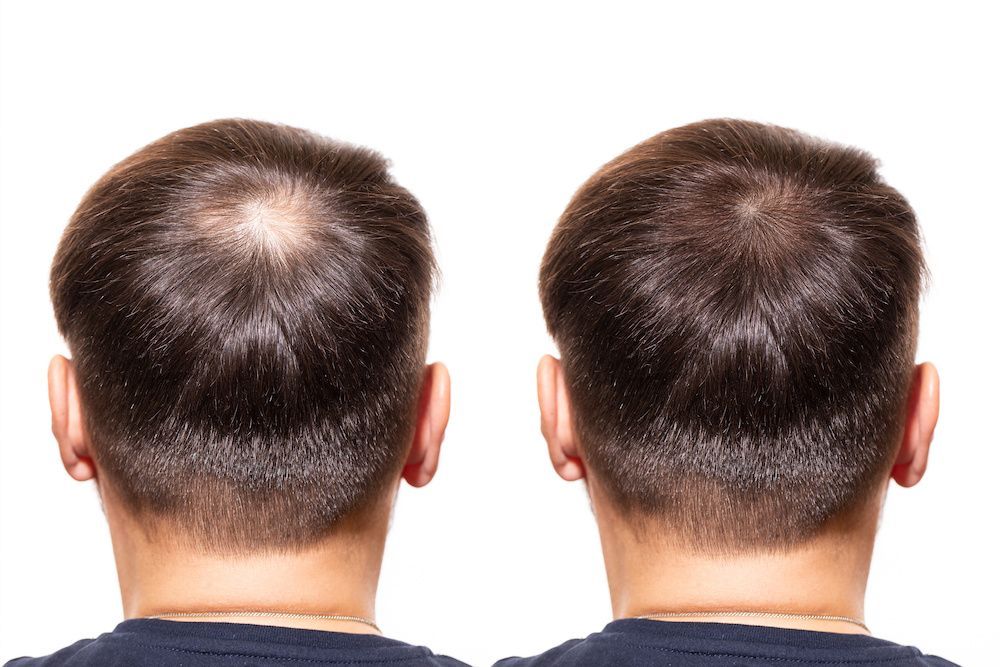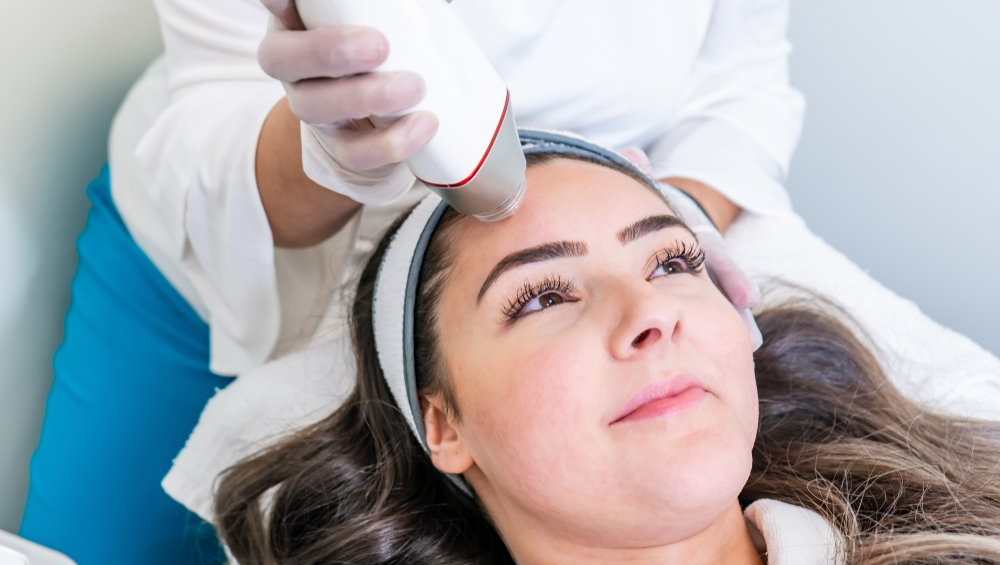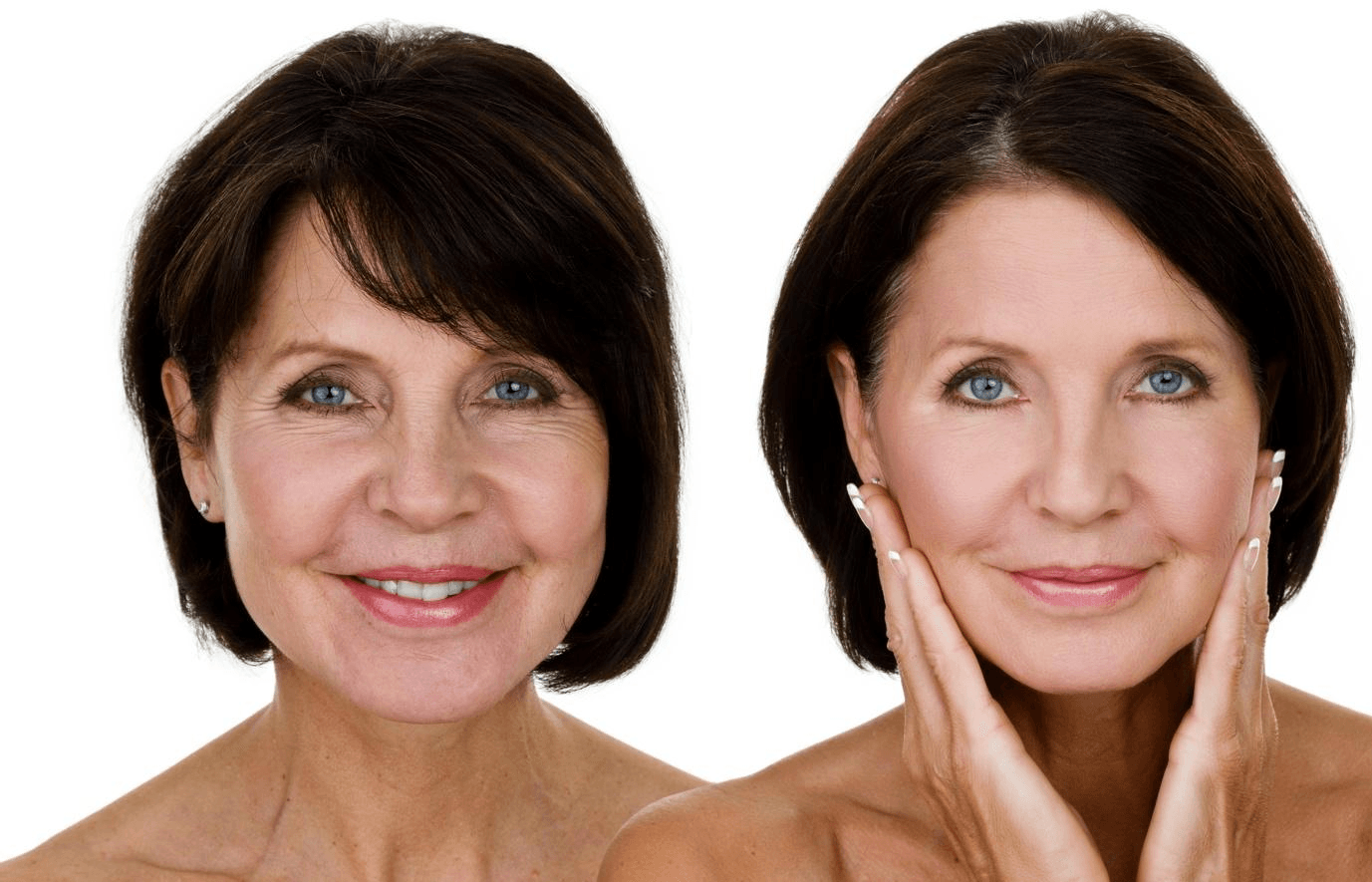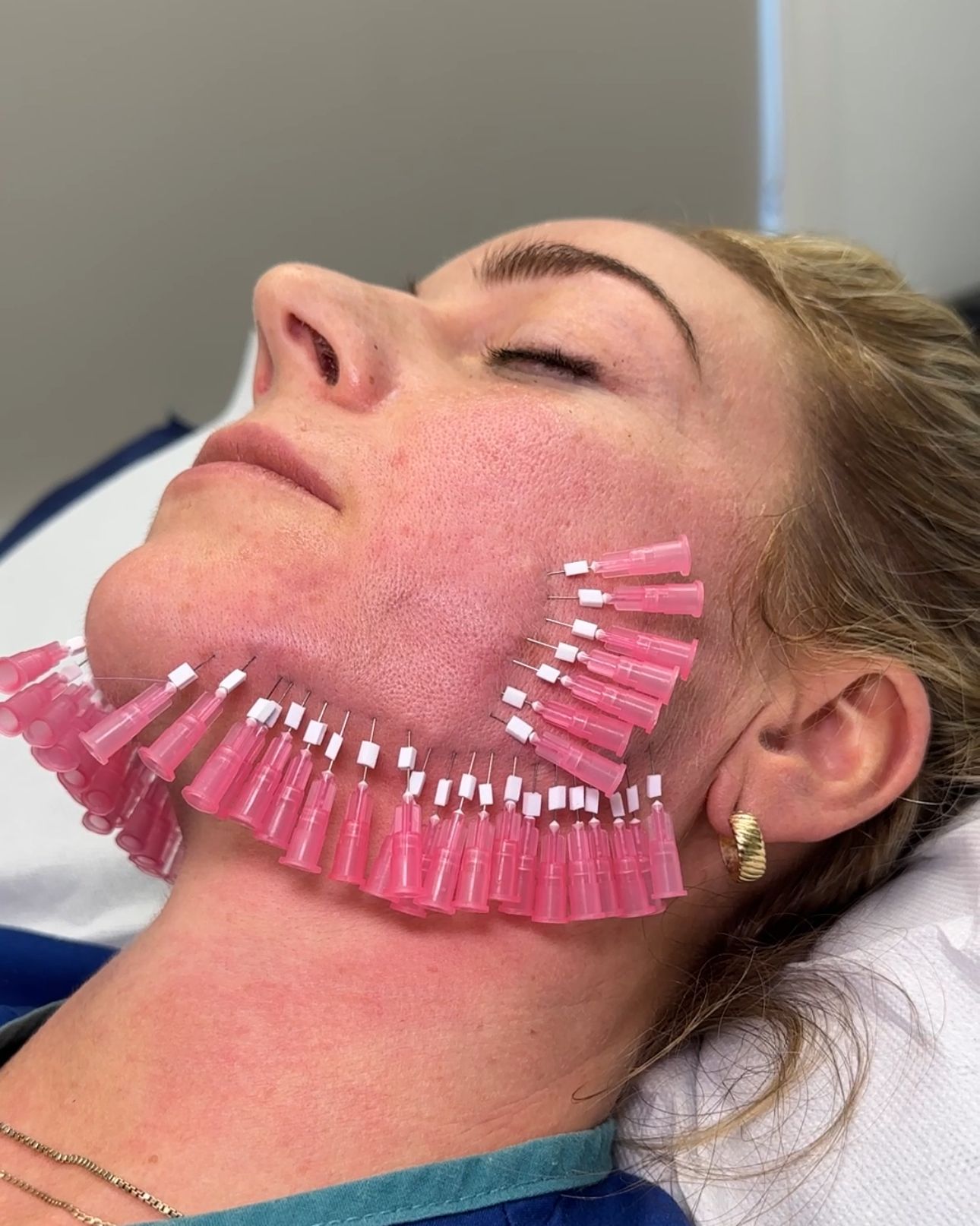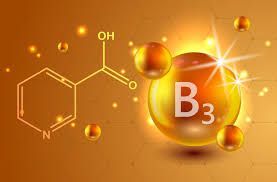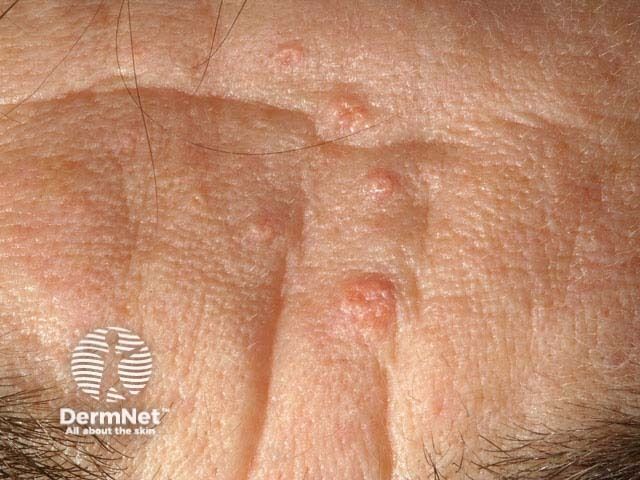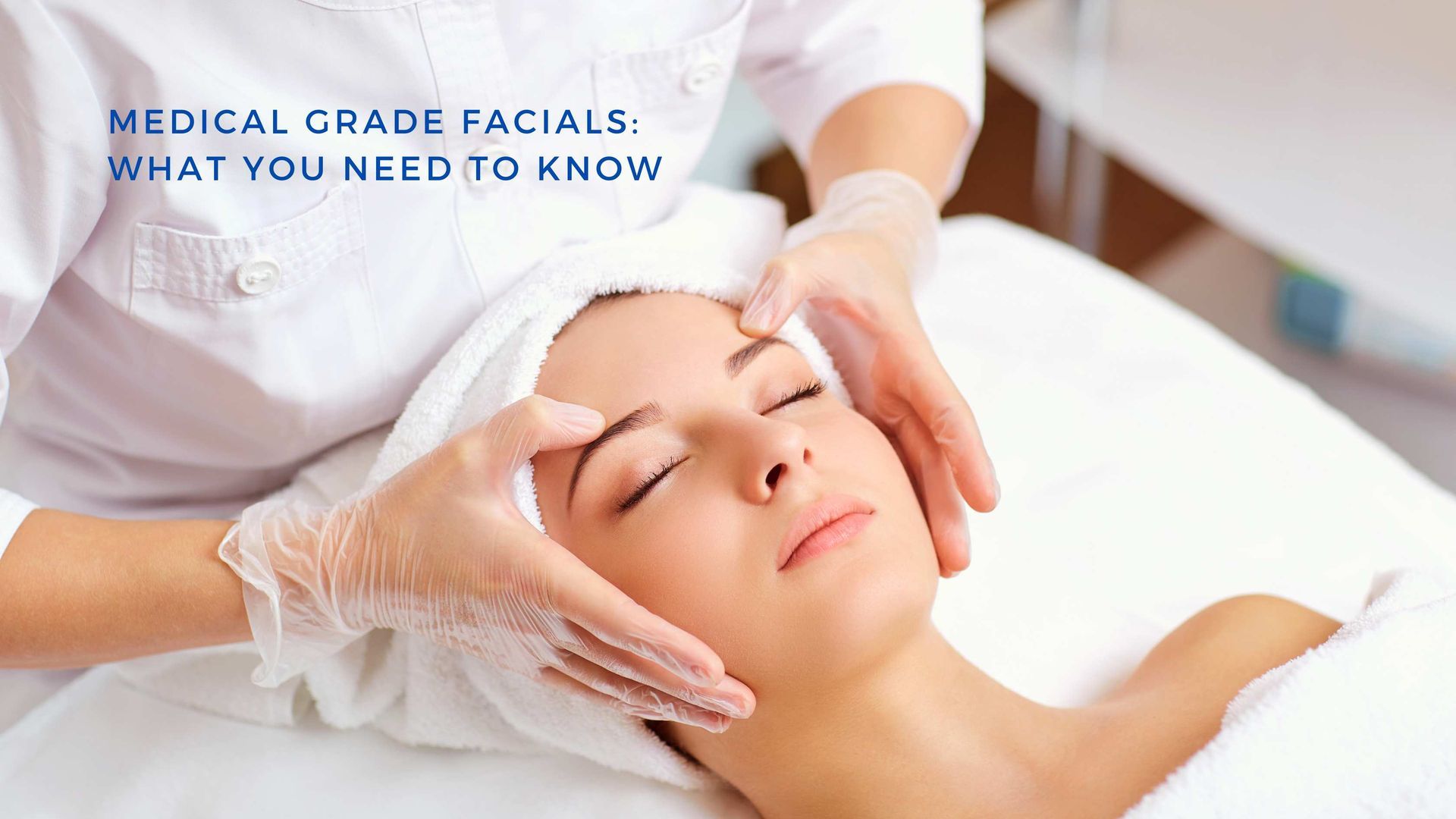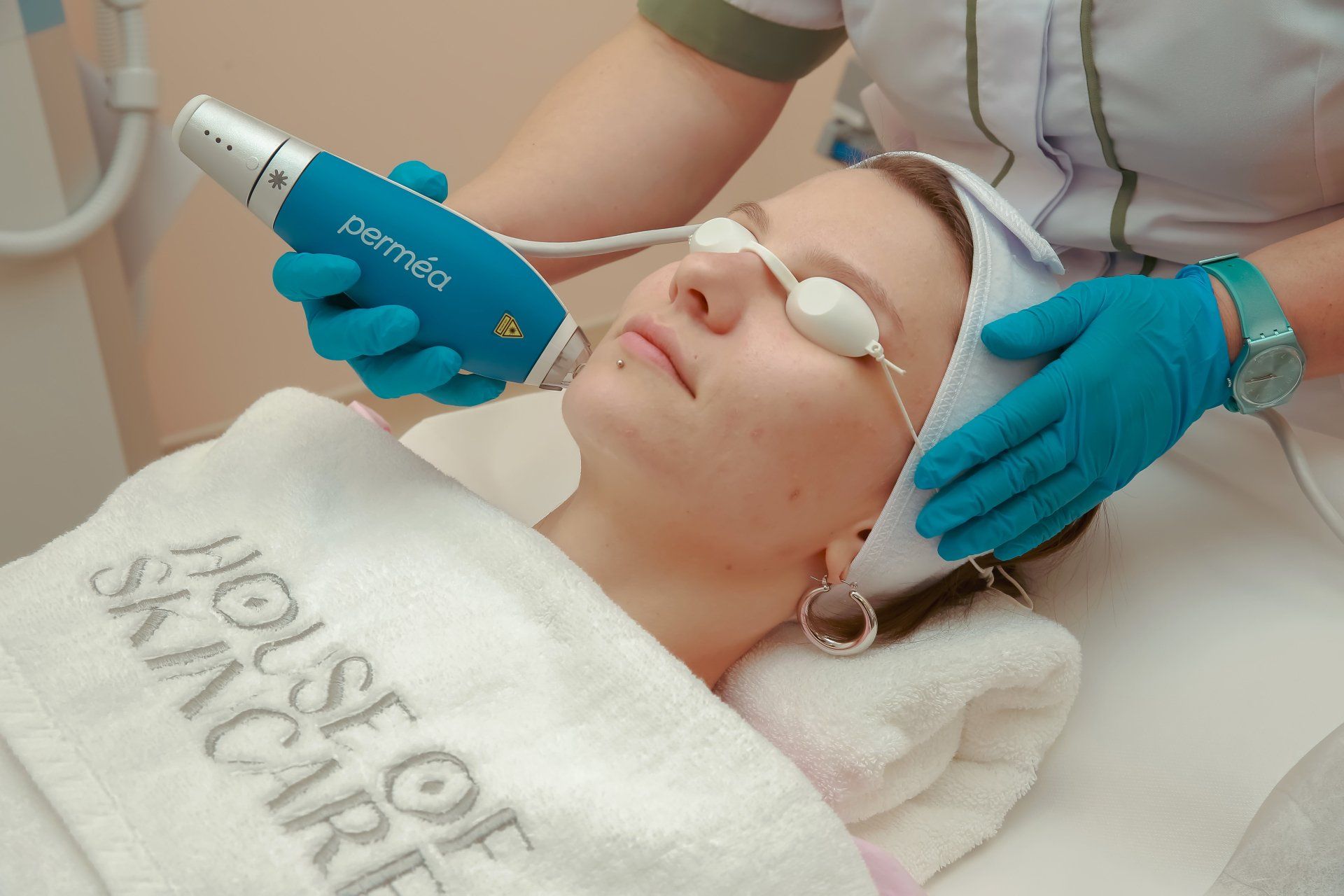The sun's UV radiation is the largest source of vitamin D and a significant cause of skin cancer. That is, sun protection for your skin is as important as vitamin D. Even more, in Australia, it is vital to balance skin exposure with sun protection while maintaining an adequate level of vitamin D.
Remember that a practical usage of sun protection will not put you at vitamin D deficiency risk.
Vitamin D and its importance:
Each of us needs an adequate vitamin D level, as it is essential for bone and skin health. Without maintaining a healthy amount of vitamin D in your body can lead you to higher risks of conditions like osteoporosis.
Overall, vitamin D deficiency has the potential to increase the risk of various health issues. Even more, in severe cases, lack of vitamin D can also cause slower growth.
Sun protection benefits against sun exposure:
There are numerous pieces of evidence for sun protection's multiple benefits.
According to various controlled studies, everyday use of SPF 15 or higher sunscreens (Broad Spectrum) can reduce squamous cell carcinoma development risks by 40%. It can also reduce premature skin aging problems by 24% and melanoma by 50%. It is recommended to use SPF 30+ for the best results.
Also, it has been proved that UV radiation from the sun at the molecular level can damage your skin's cellular DNA. This condition further leads to genetic mutations which will cause skin cancer.
UV radiation from the sun is associated with an increased risk of melanomas by 86% and nonmelanoma skin cancer by 90%.
However, filtered coverage of sun protection can help you to reduce these risks more effectively. Regular use of sun protection goes a long way to protect you from all these happenings.
Does regular use of sunscreen lead to Vitamin D deficiency?
"Studies have never suggested that use of sun protection every day can lead to a deficiency of vitamin D. However, people can maintain a healthy level of vitamin D in their bodies by using sun protection regularly."
Remember that high SPF sunscreens are designed to filter most of the UVB radiations of the sun. These radiations are the most significant source of sunburns and skin cancers. The wavelength of UVB radiations is a primary cause of vitamin D production. Still, usage of sun protection is not linked to vitamin D deficiency at any level. However, daily sunscreen usage can also help maintain a healthy level of vitamin D with ease.
Important Note:
While vitamin D is essential for your skin and overall health, you can get a limited amount of vitamin D from exposure to the sun's UV radiation. The associated health risks such as skin cancer to UV radiation from the sun are also significant.
Therefore, the Skin Care Foundation has suggested people get their adequate amount of vitamin D from other sources, including:
- Fortified dairy products
- Cereals
- Oily Fish
- Supplements, etc.
Overall, food sources, supplements, and protected sun exposure can give you the vitamin D levels you need with ease.


